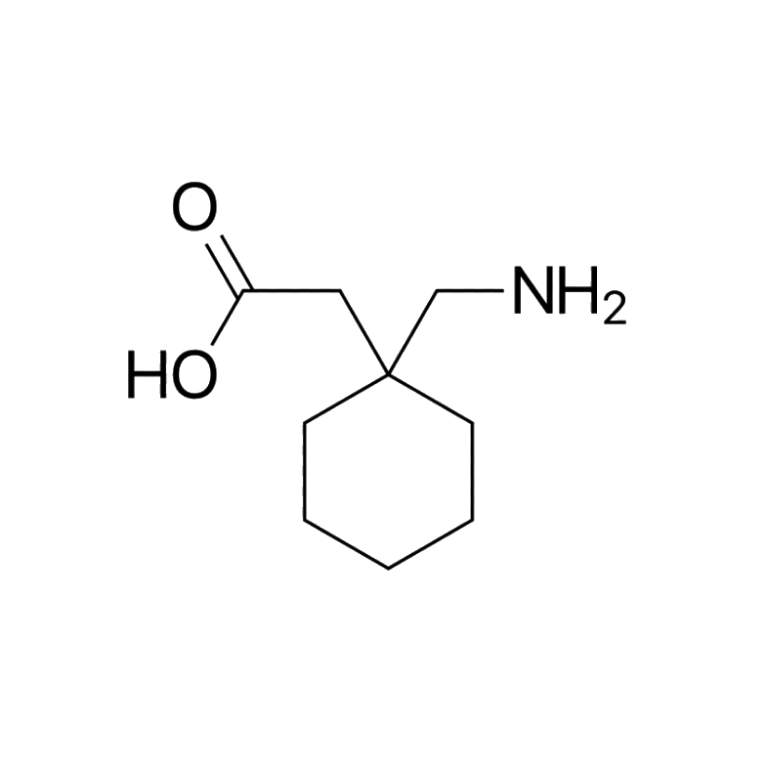The term medical technology refers to the application of scientific knowledge and skills in the form of devices, medicine, vaccines, procedures, and systems made to solve a health problem and improve patients’ quality of life (Ten Haken et al., 2018). The technological developments observed in the 21st century have led to tremendous changes in healthcare (Thimbleby, 2013). What could be thought of as science fiction a couple of decades prior is, now, everyday medical practice. From the use of robots (Hockstein et al., 2007) to tailoring therapy to each patient’s needs (Mathur and Sutton, 2017), modern medicine could be considered an advanced technological profession (Mesko, 2018). This notion is further reinforced by the introduction of modern engineering, information technology and wireless communications in everyday medical practices.
CalenDarer utilizes the regulatory parameters of its proprietary computer software source code INSIDE and OUTSIDE of the Medical Device Hardware to establish Paralell Artificial Intelligence for designing, developing and deploying Digital Therapeutic medical device innovations that correct rare medical conditions. Beta-testing or Quality Assurance at CalenDarer differs greatly from traditional computer software companies, in that Beta-Testing of the CalenDarer software system is performed by a patient that received a Digital Therapeutic to treat a medical condition, thereby establishing a cybernetic connection for the Prescription Digital Therapeutic, also referred to as Cyborg.

Prescription Digital Therapeutics DTx
Clinical trials are carefully designed research studies that evaluate efficacy and effectiveness of the use of the CalenDarer Software as a Medical Device (SaaMD) to further strengthen Blockchain security for utilizing Artificial Intelligence as a Medical Device (AIaaMD). The process involves screening for eligibility, providing informed consent, actively participating in the study sometimes for prolonged periods and undergoing monitoring by experienced healthcare professionals.
The cost to treat medical conditions such as Complex Regional Pain Syndrome (CRPS) can be substantial, with significant increases in healthcare costs compared to baseline even at the time of diagnosis and continuing for years afterward. One study found that over an 8-year period, the median total cumulative expenditure for CRPS treatment was $43,026, with pain prescriptions accounting for $12,037. Another study took into consideration how the debilitating effects of CRPS slows the individual down to a point they are deemed no longer economically productive, resulting in expenditures in the form of losses far surpassing the cost to treat CRPS that can end in catastrophe.
Diagnostic
The Cost to Diagnose Complex Regional Pain Syndrome
$8,508
Outpatient Expenses
The cost to manage Complex Regional Pain Syndrome
$7,251
Prescription Charges
Entry level prescription cost to treat Complex Regional Pain Syndrome
$2,077
Blockchain Molecular Bond
(comparison)

Gabapentin
PHARMACEUTICAL
The physiologic effect of gabapentin is by means of Decreased Central Nervous System Disorganized Electrical Activity.
- 21 U.S. Code Chapter 9 -

CalenDarer DTx
MEDICAL DEVICE
The physiologic effect of CalenDarer DTx is by means of Removal of Central Nervous System Disorganized Electrical Activity.
- 28 USC § 3002 (15)(a)(b)(c) -.
Treating problems tied to head injuries is complex. This is, in part, because it is not possible to directly examine the brain of a living person and because every brain injury is unique. Advanced brain imaging to detect concussions is not available in standard clinical settings, so clinicians rarely have clear roadmaps for rehabilitation.
Via the utilization of Cybernetic Technology, Artificial Intelligence, Blockchain Technology and Software Technology, purposeful modulation of the nervous system's activity can be achieved without invasive (e.g. microelectrodes) or non-invasive means (e.g. transcranial magnetic stimulation or transcranial electric stimulation, tES, such as tDCS or transcranial alternating current stimulation, tACS) to offer a solution for difficult to treat medical conditions such as pain stemming from Complex Regional Pain Syndrome and Post Concussion Syndrome via psychological means.
